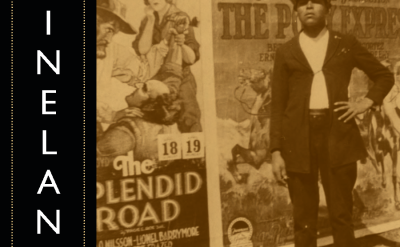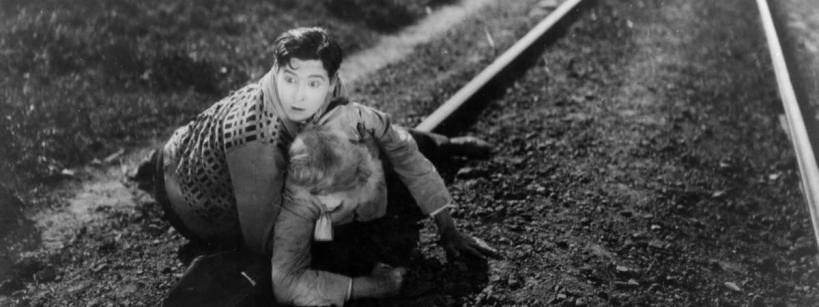Making Cinelandia: American Films and Mexican Film Culture before the Golden Age
by Laura Isabel Serna

The Autry will be open on January 19 for Martin Luther King Jr. Day. All visitors enjoy $4 off regular admission prices.

Autry curator Josh Garrett-Davis speaks with USC film historian Laura Isabel Serna about the intertwined history of the film industries in both Hollywood and Mexico, and the many ways people and pictures moved back and forth across the border. The conversation covers Tom Mix fans in Mexico, Pancho Villa onscreen, Mexican American extras, and connections between comedia ranchera and singing cowboy movies on the rancho grande.
This interview is part of a series exploring the significance of the Western genre and the ways in which popular culture shapes our understanding of the American West.
What is a Western? Interview Series: Mexican Cinema and Hollywood Westerns
by Laura Isabel Serna

Laura Isabel Serna, Making Cinelandia: American Films and Mexican Film Culture before the Golden Age (Duke University Press, 2014)
Laura Isabel Serna’s National Film Registry essay on La Venganza de Pancho Villa
Colin Gunckel, Mexico on Main Street: Transnational Film Culture in Los Angeles before World War II (Rutgers University Press, 2015)
Rielle Navitski, Public Spectacles of Violence: Sensational Cinema and Journalism in Early Twentieth-Century Mexico and Brazil (Duke University Press, 2017)
Juan Sebastián Ospina León, Struggles for Recognition: Melodrama and Visiblity in Latin American Silent Film (University of California Press, 2021)
El Tren Fantasma (1927): contains many Western tropes reimagined in a Mexican framework
Allá en el Rancho Grande (1936): one of the first and most influential films in the Comedia Ranchera genre, starring Tito Guizar
Los hermanos Del Hierro (1961): an example of the popular ‘Pony film’ genre that echoes the B Westerns of American cinema
Mi querido Tom Mix (1993): the story of a woman who falls in love with Tom Mix through his films and asks him to save her village from a gang of bandits
Why Worry? (1923): this film by Harold Lloyd satirizes the Mexican Revolution
The Autry Museum of the American West acknowledges the Gabrielino/Tongva peoples as the traditional land caretakers of Tovaangar (the Los Angeles basin and So. Channel Islands). We recognize that the Autry Museum and its campuses are located on the traditional lands of Gabrielino/Tongva peoples and we pay our respects to the Honuukvetam (Ancestors), ‘Ahiihirom (Elders) and ‘Eyoohiinkem (our relatives/relations) past, present and emerging.
4700 Western Heritage Way
Los Angeles, CA 90027-1462
In Griffith Park across from the Los Angeles Zoo.
Map and Directions
Free parking for Autry visitors.
MUSEUM AND STORE HOURS
Tuesday–Friday 10:00 a.m.–4:00 p.m.
Saturday–Sunday 10:00 a.m.–5:00 p.m.
DINING
Food Trucks are available on select days, contact us for details at 323.495.4252.
The cafe is temporarily closed until further notice.